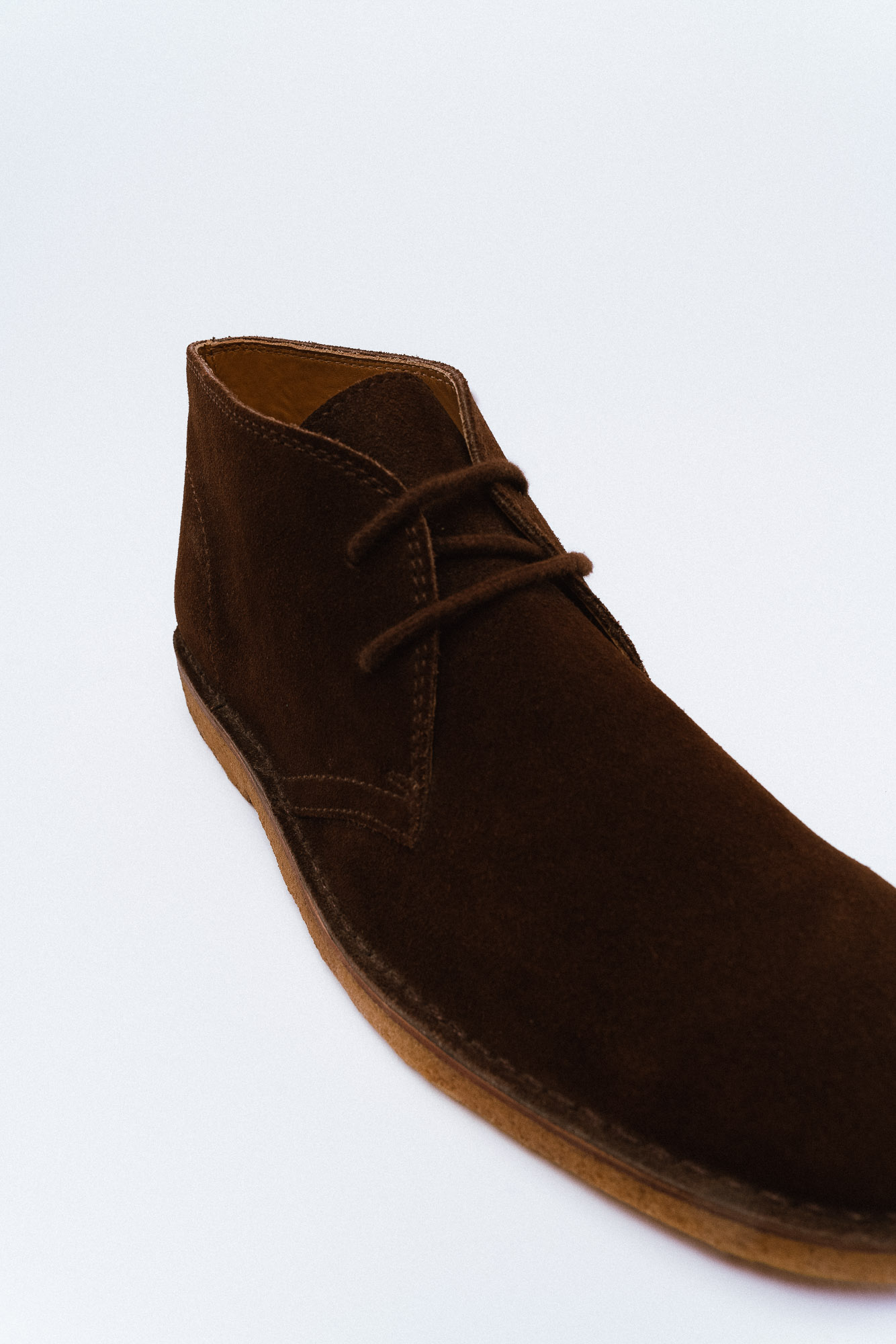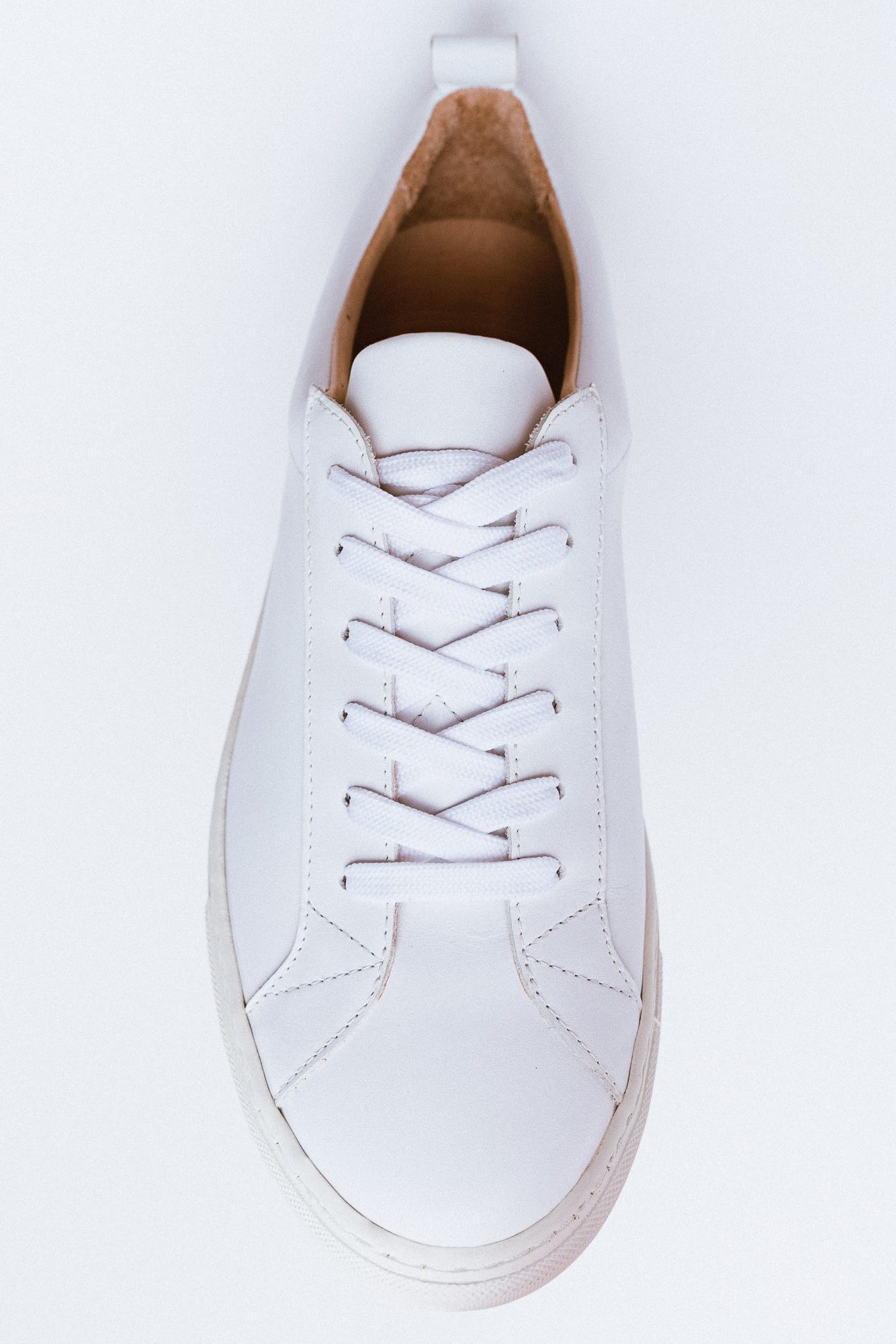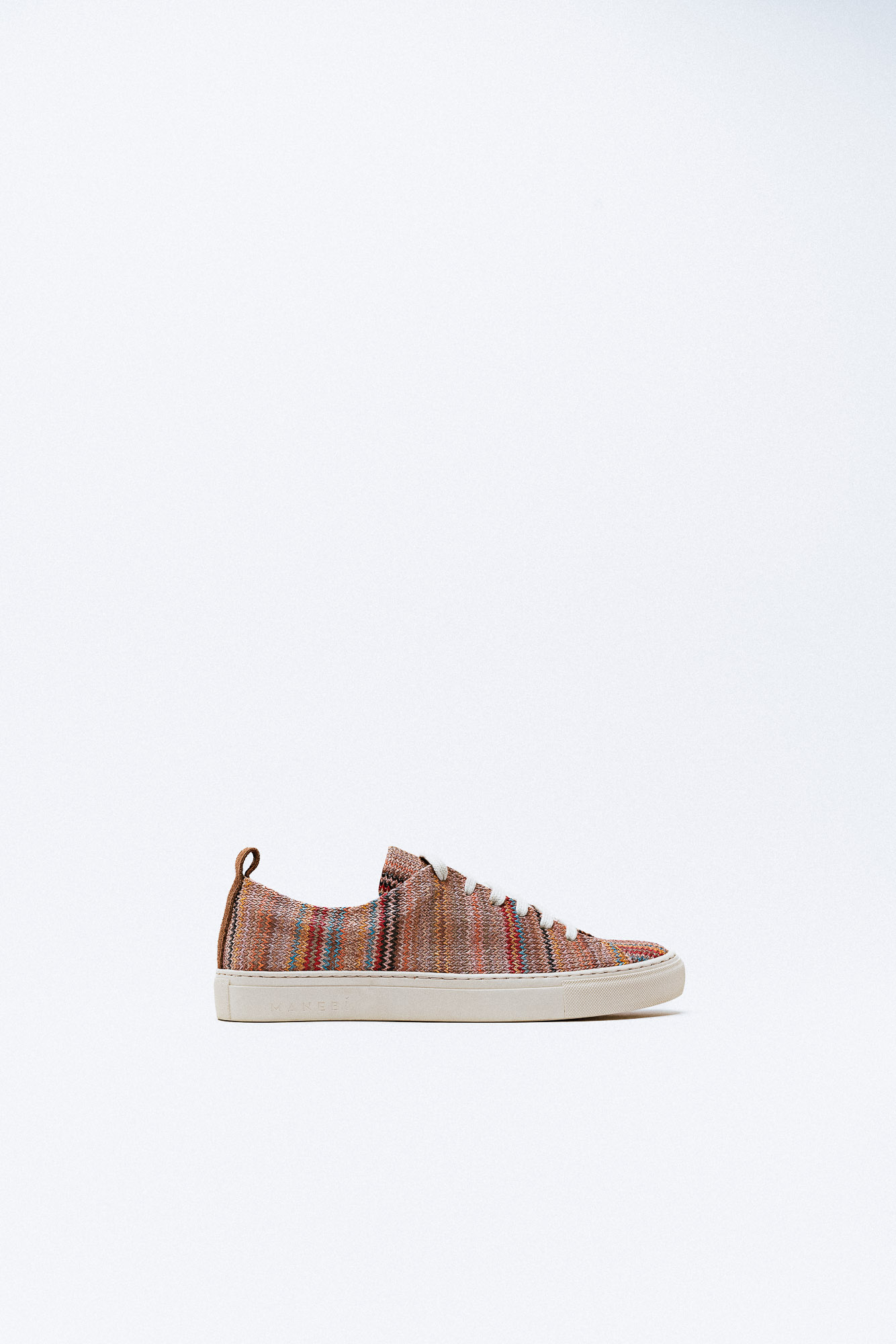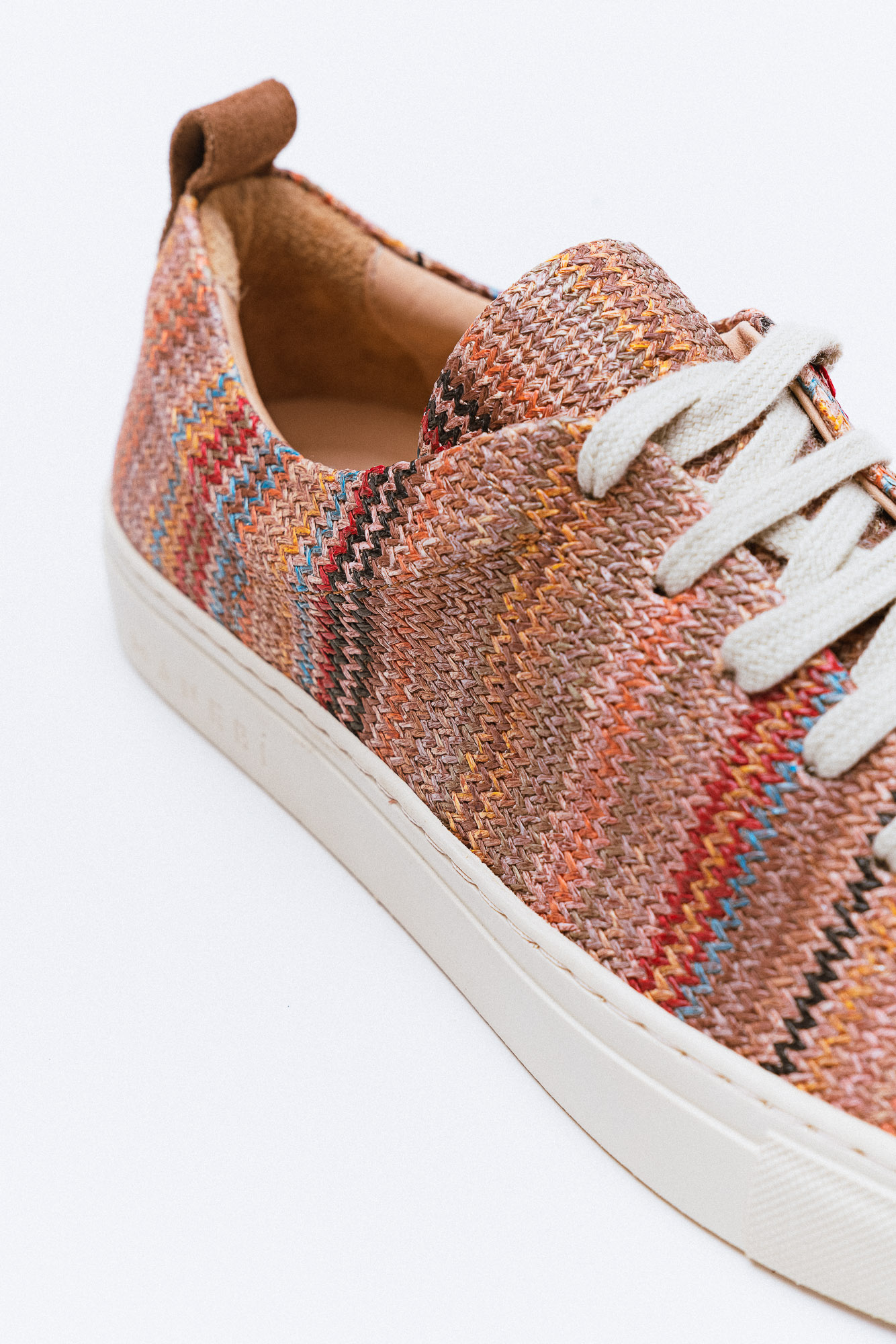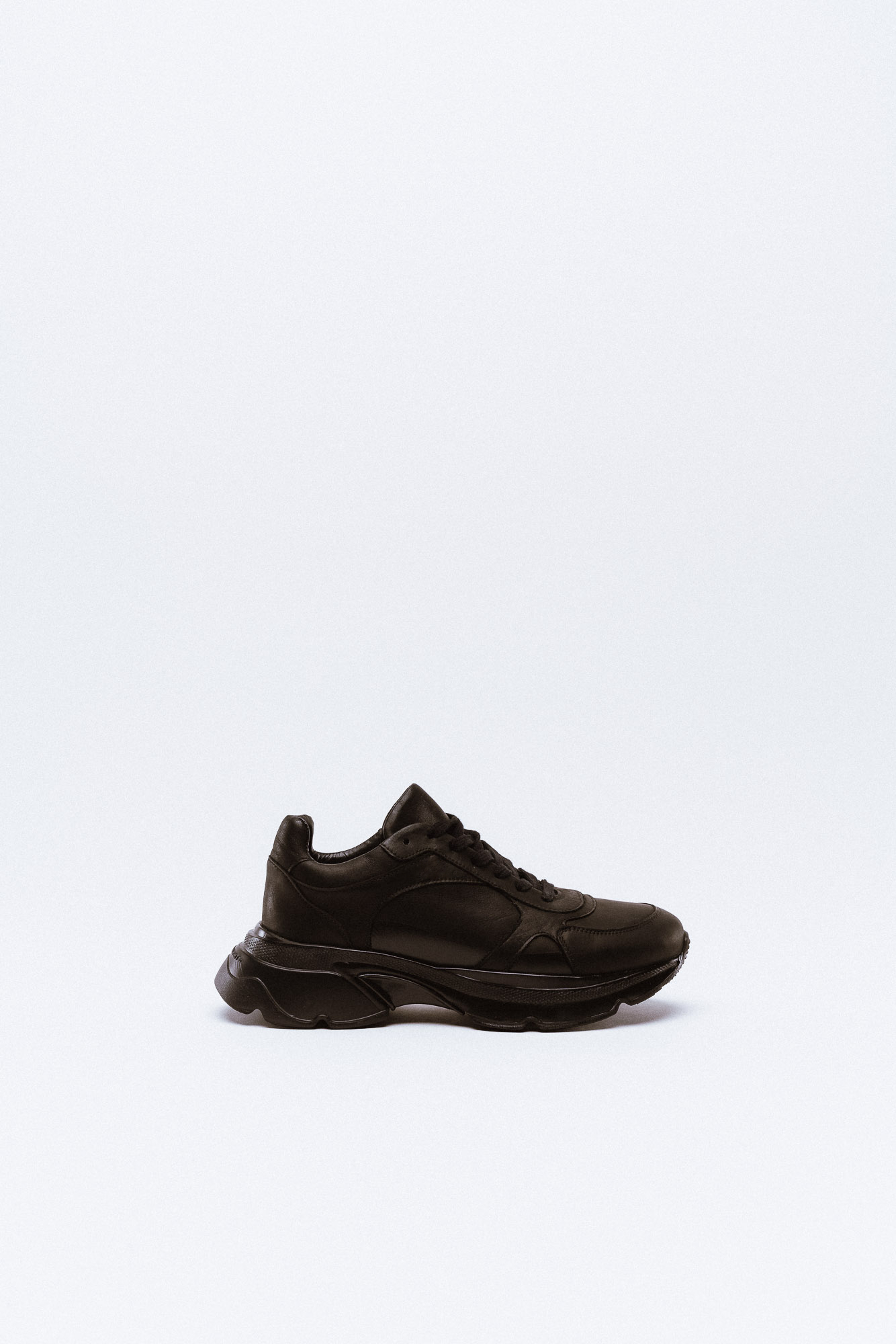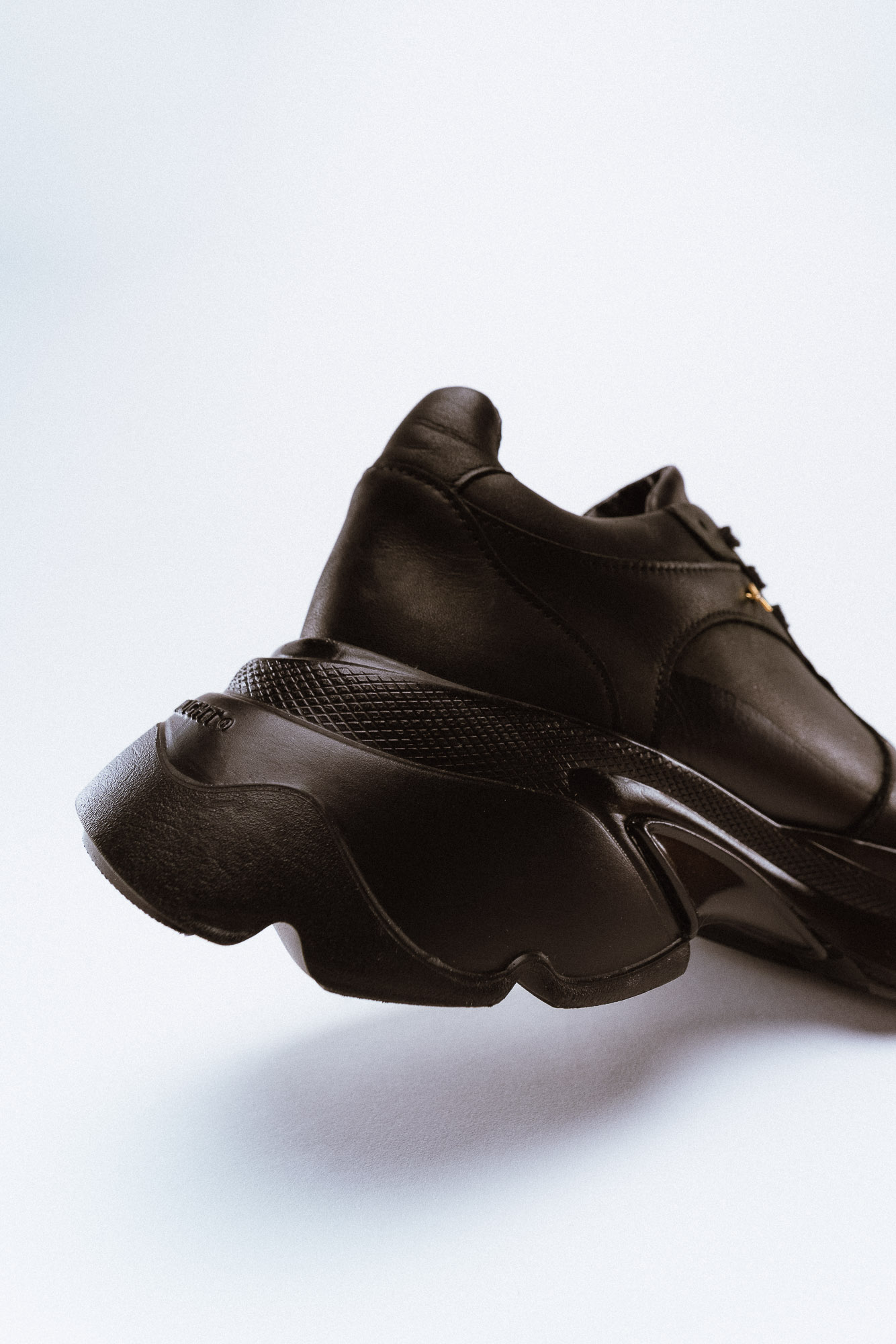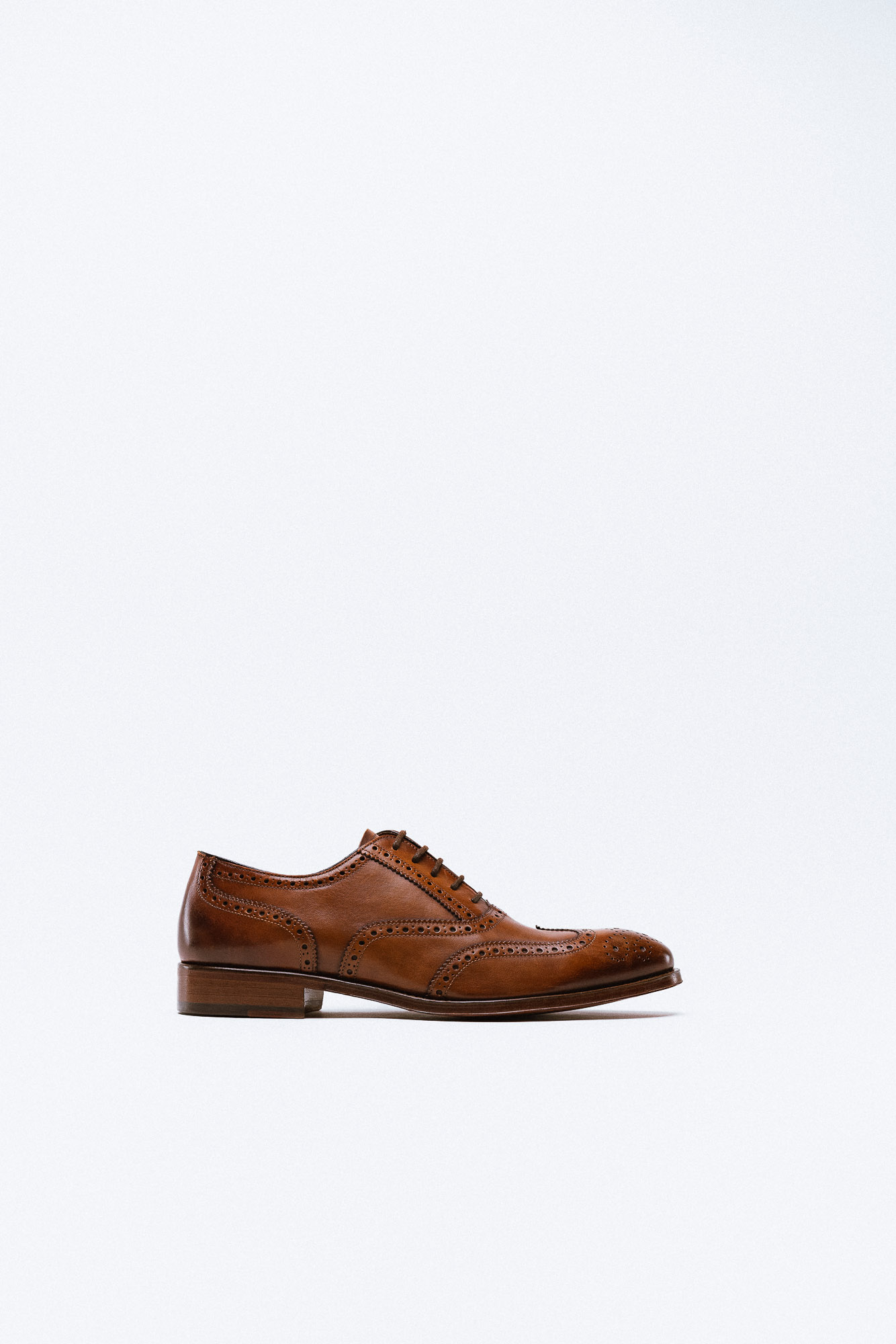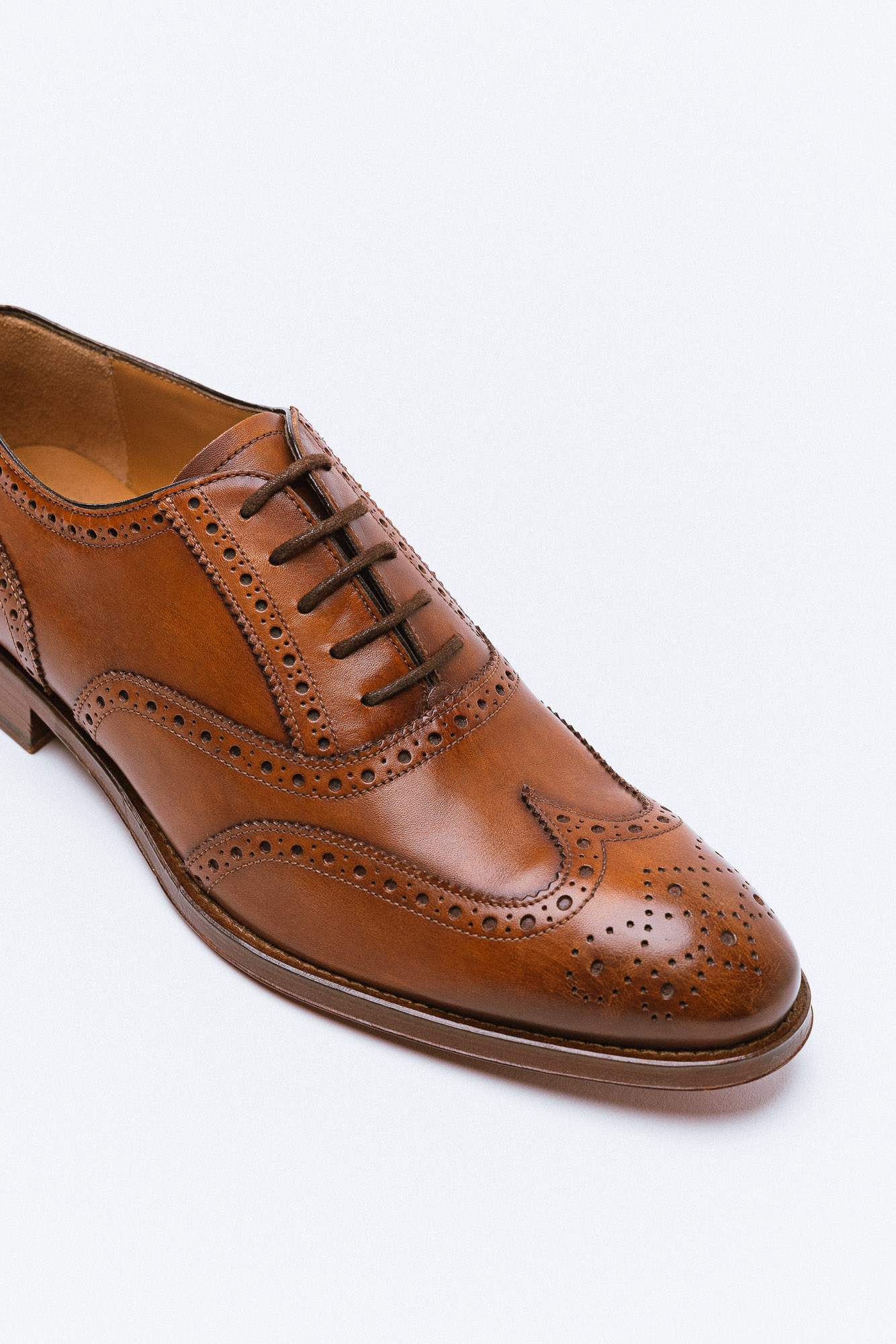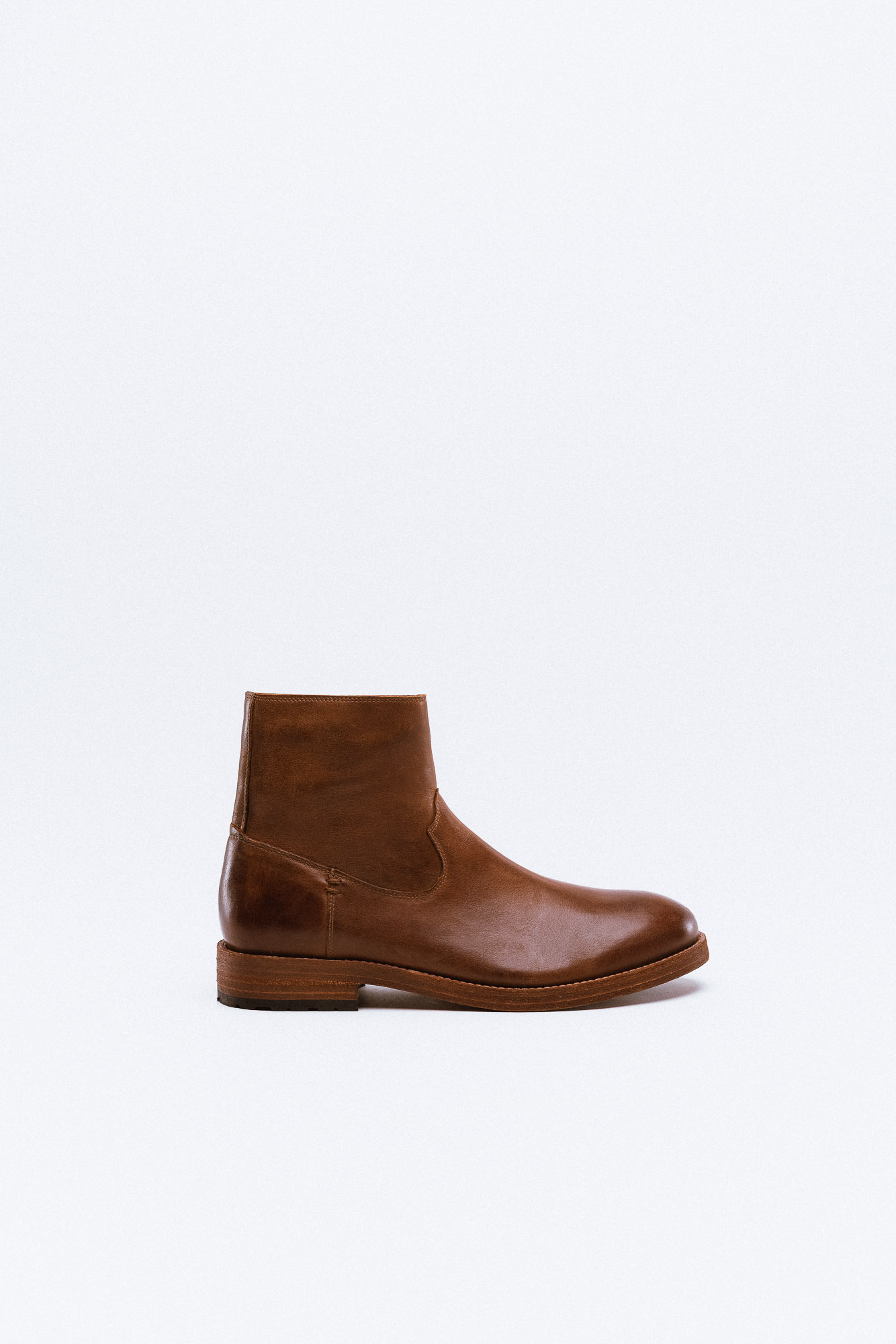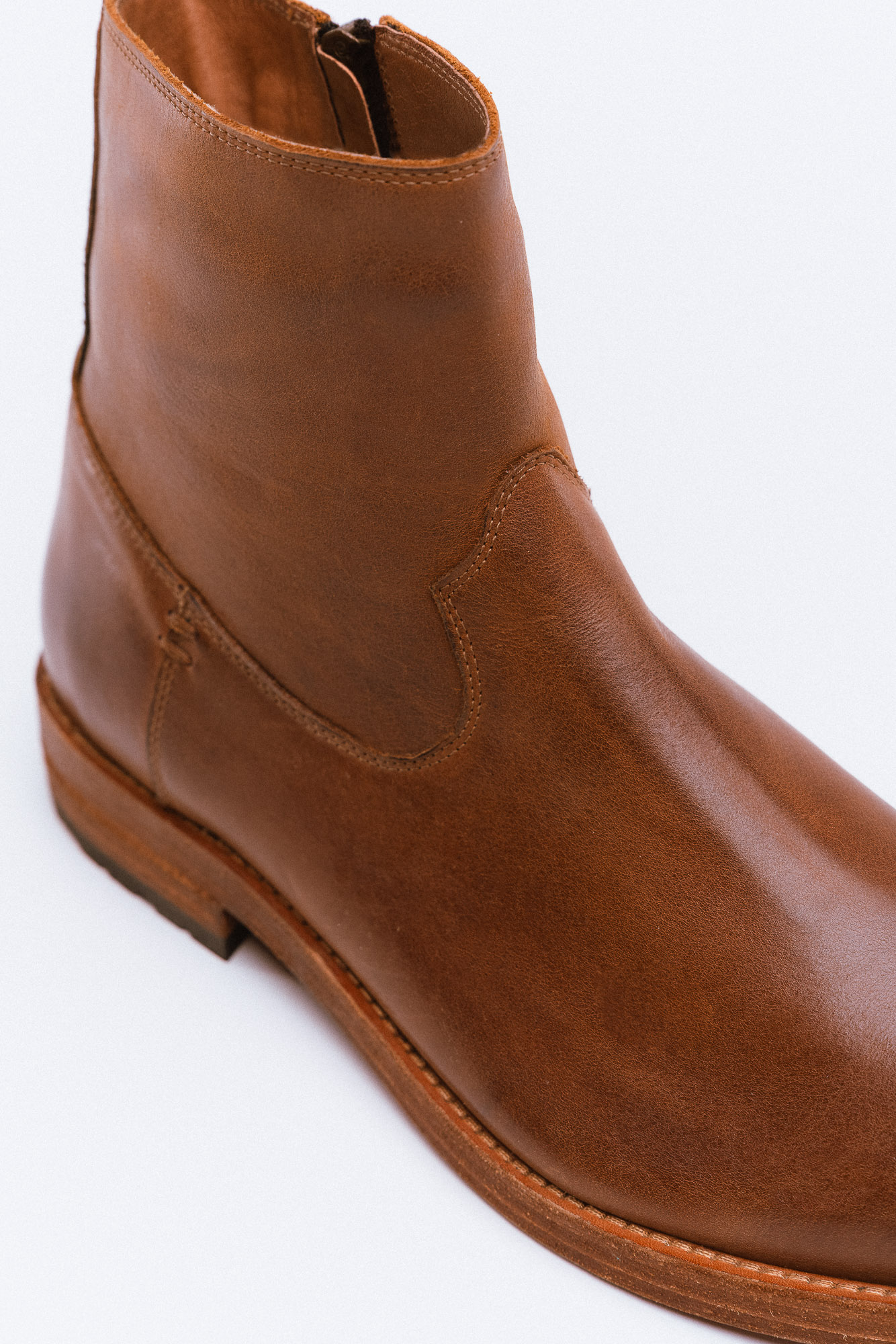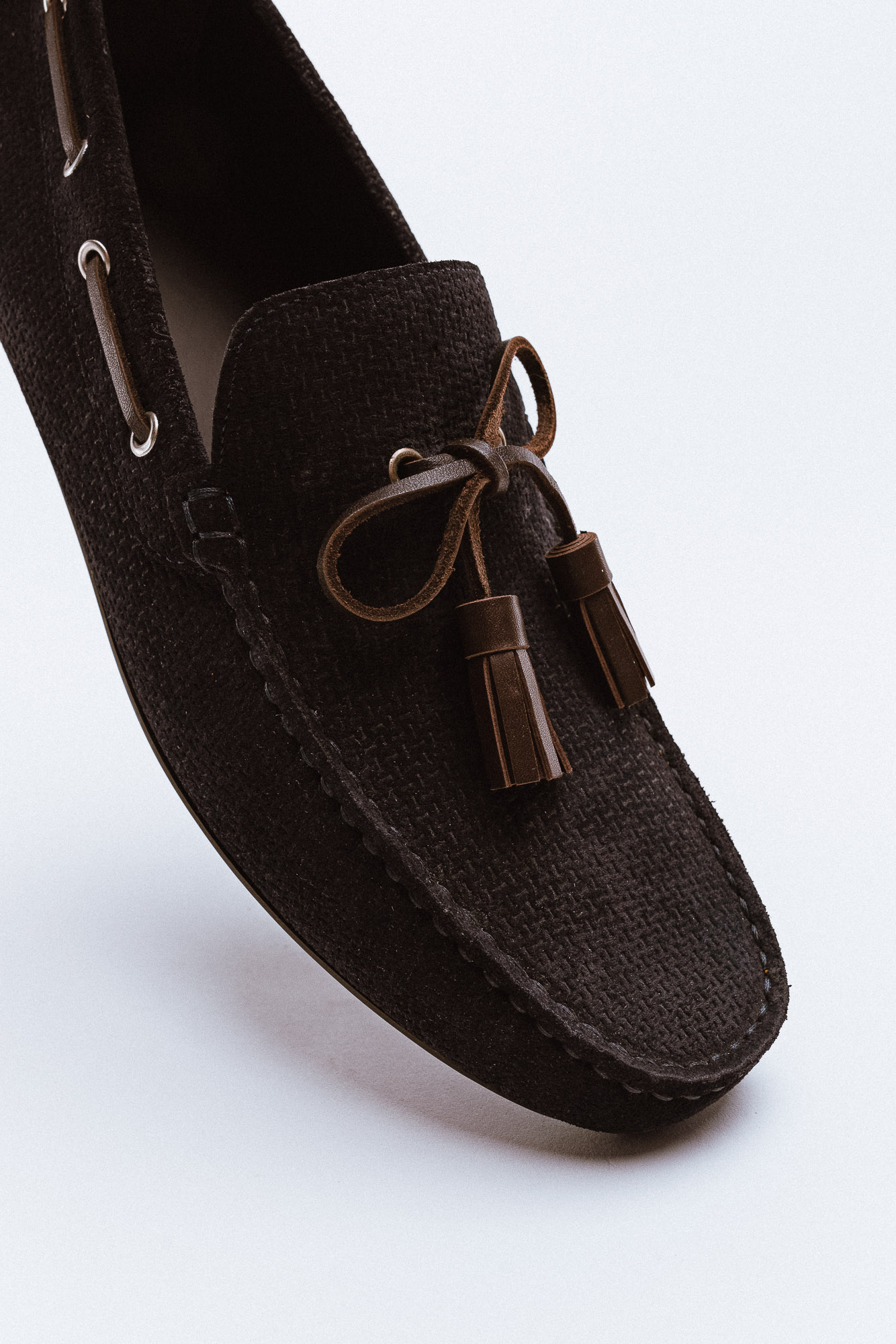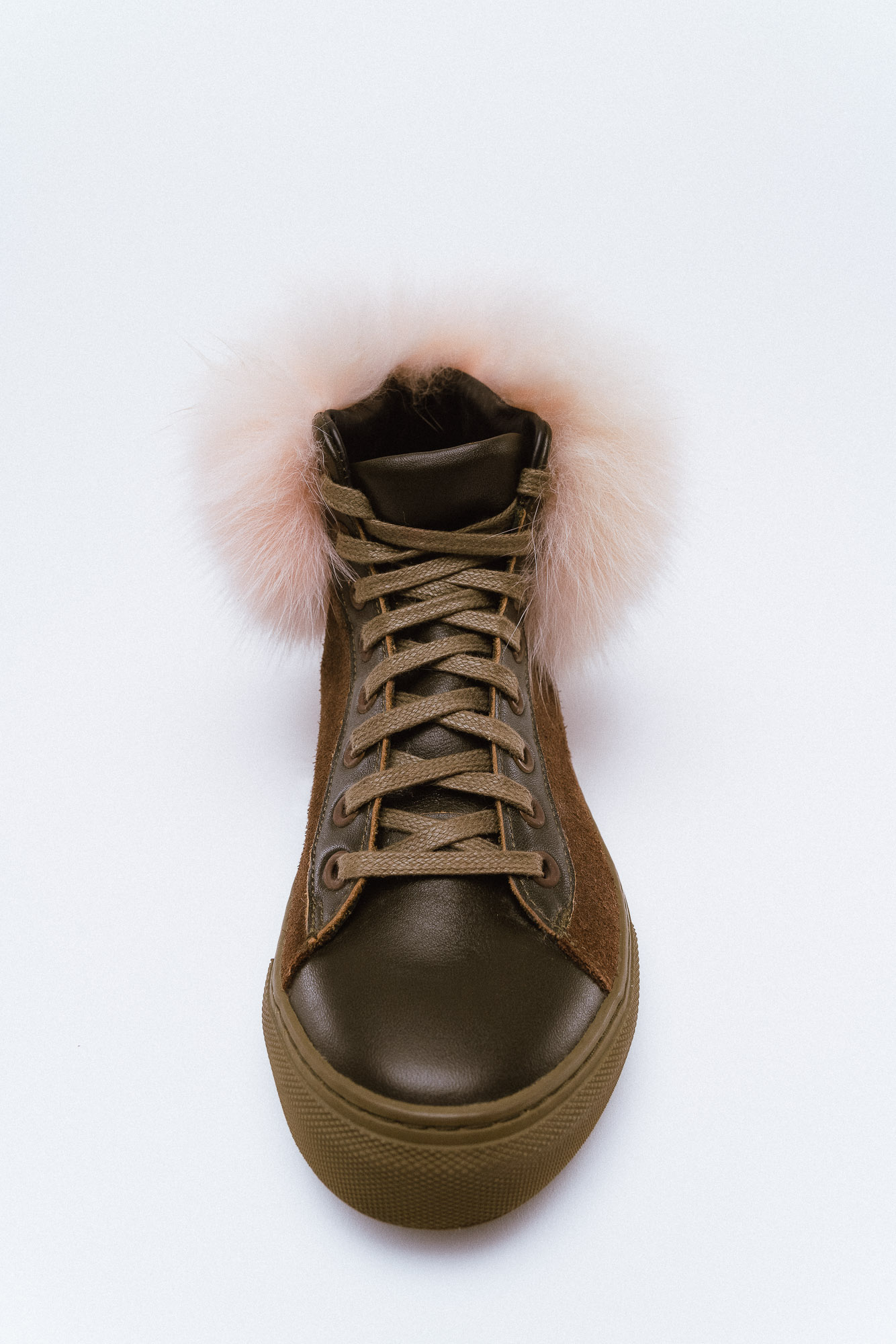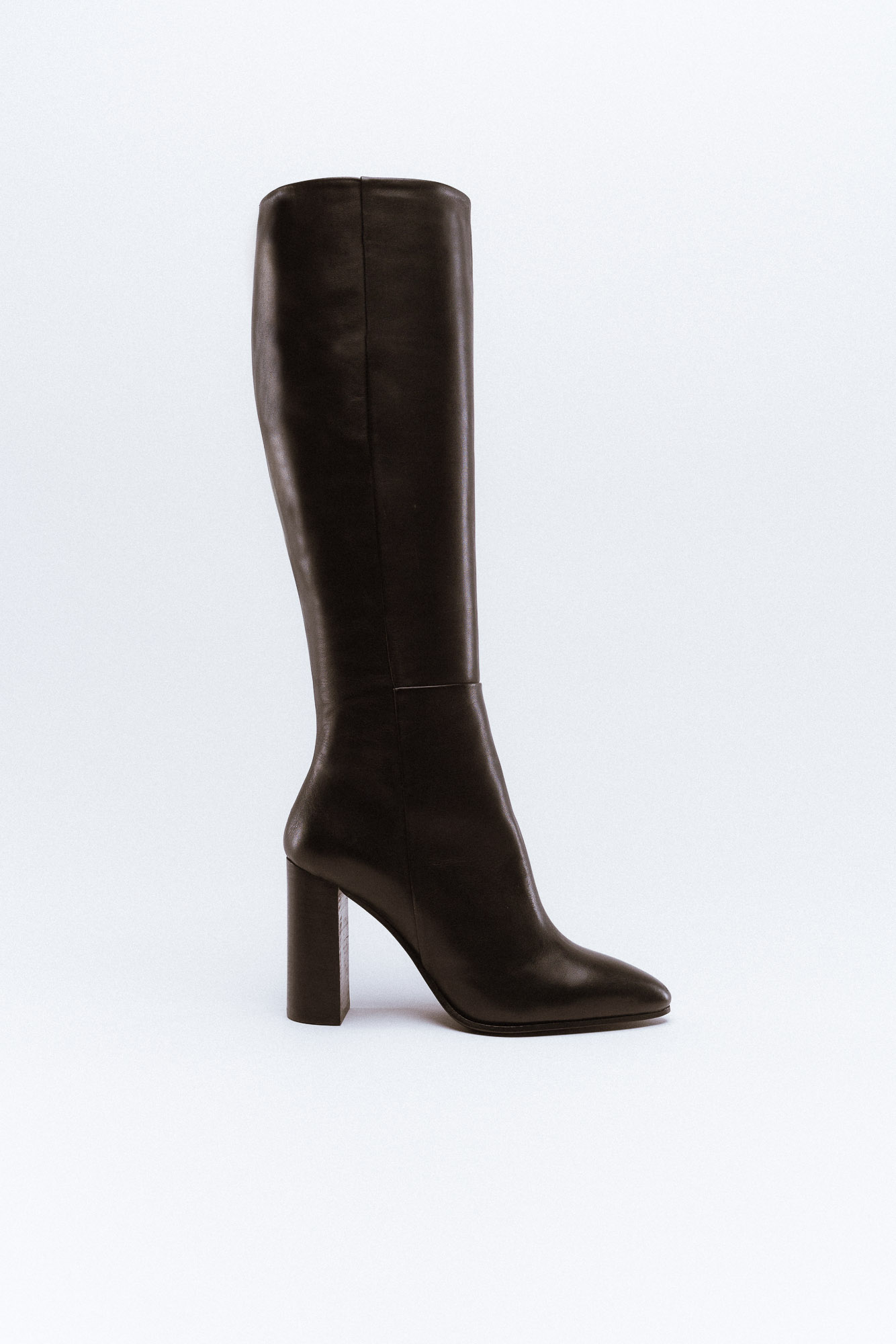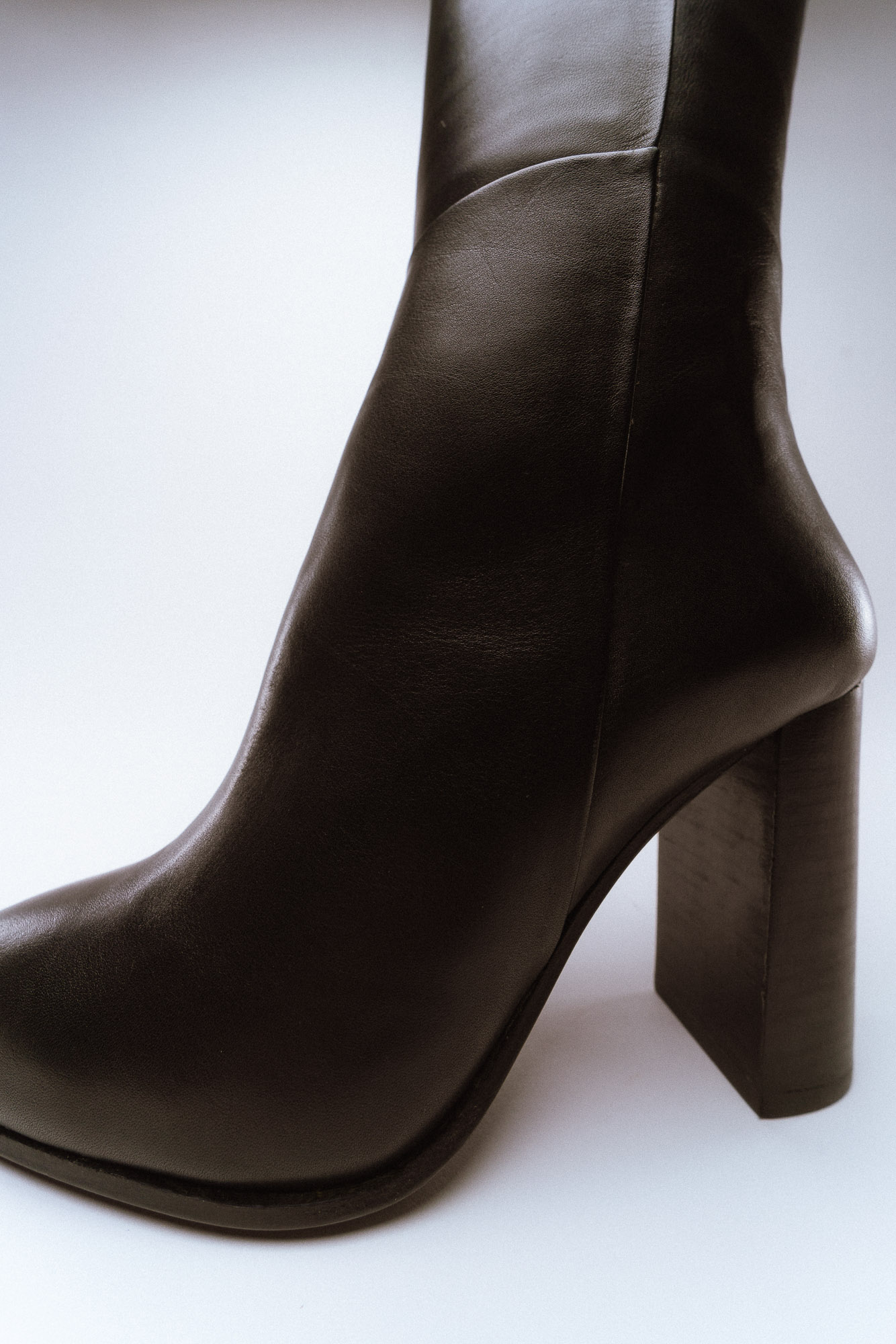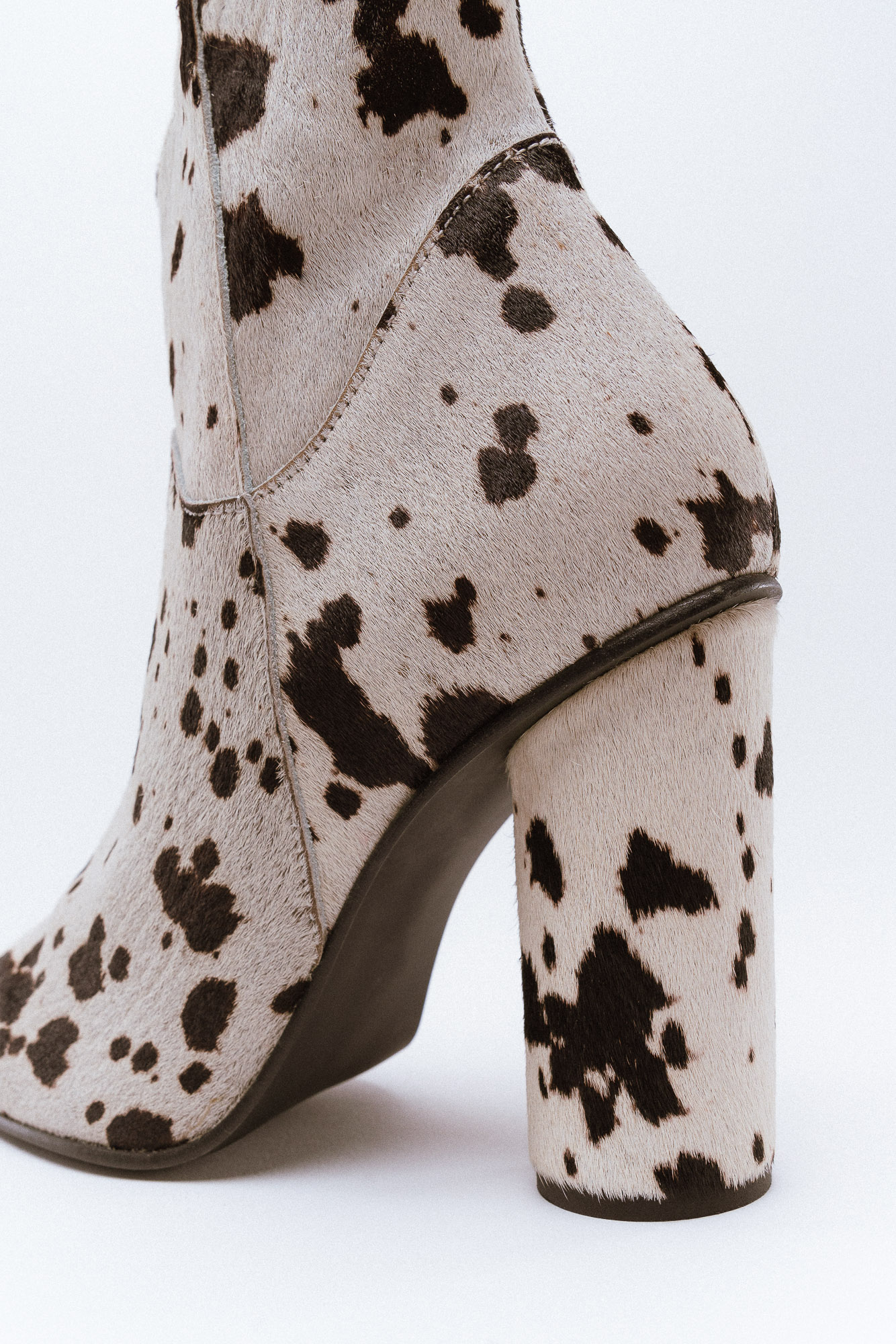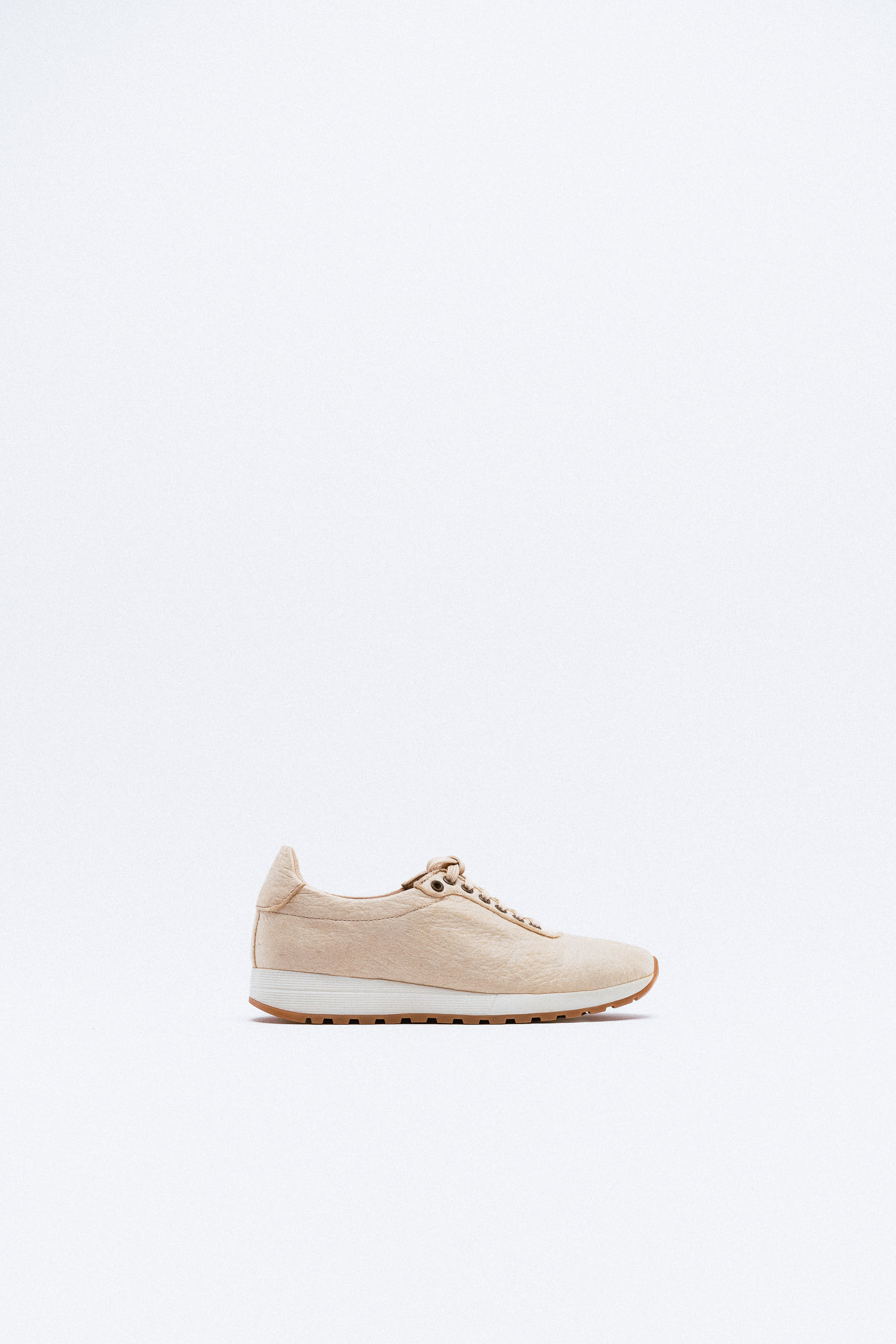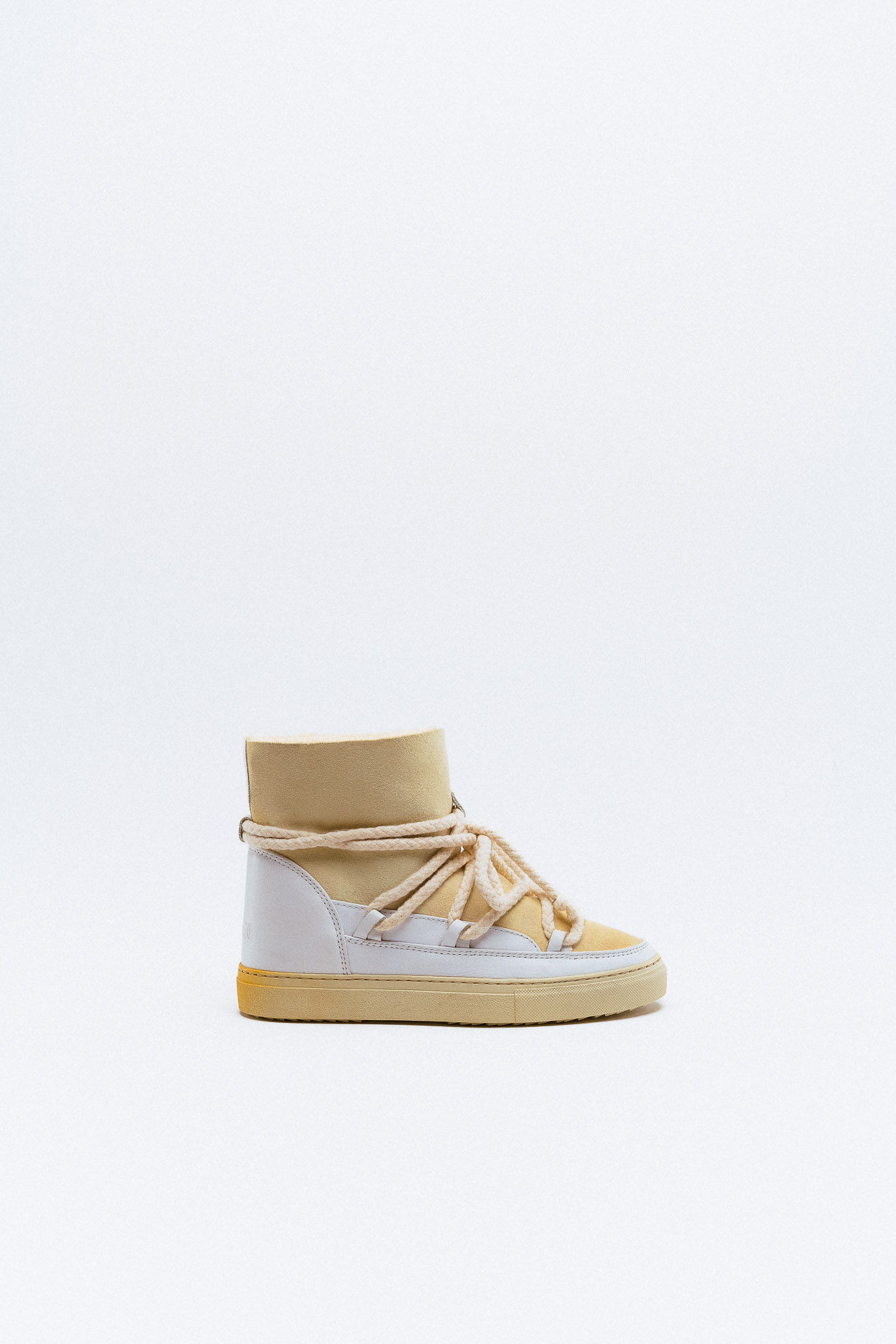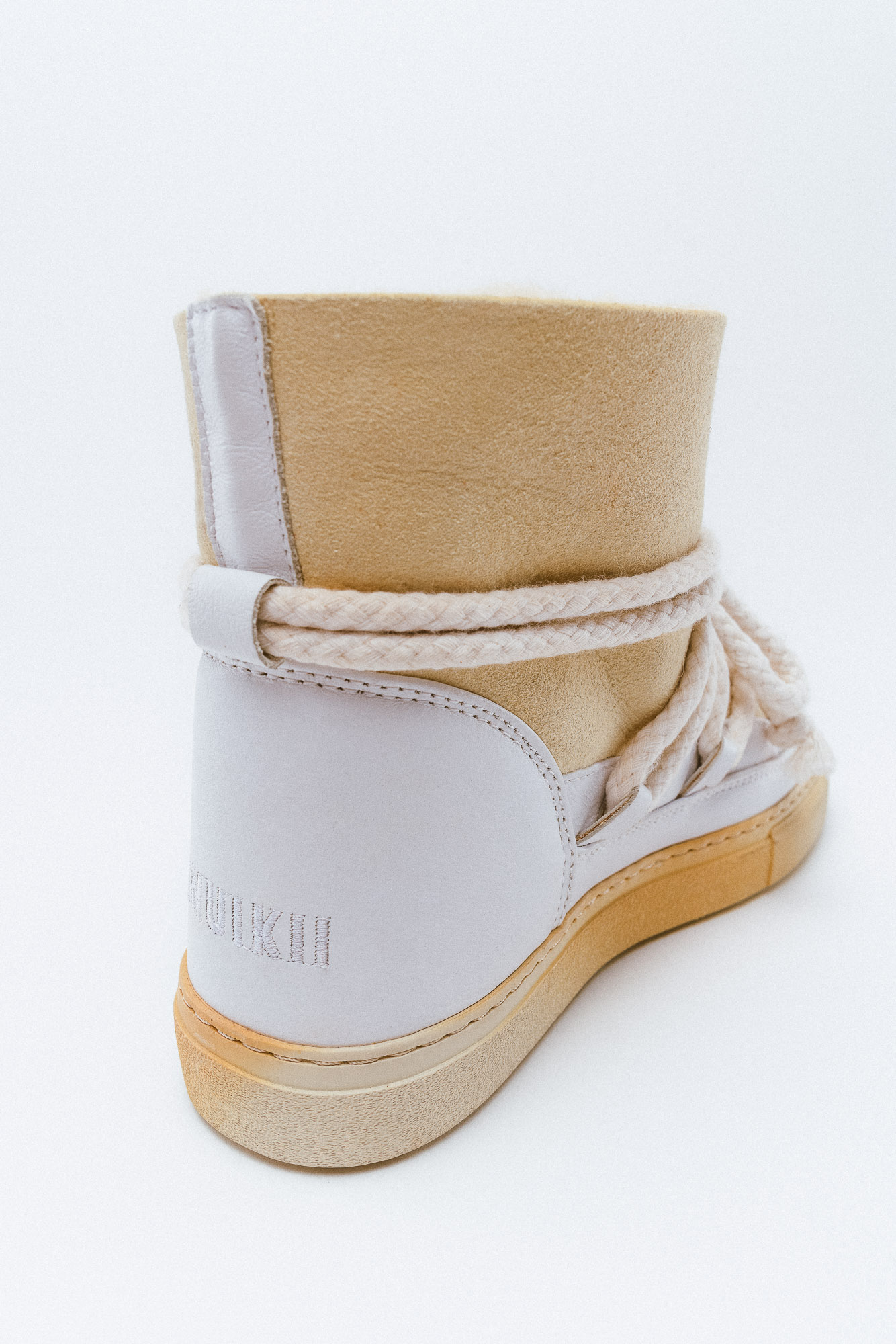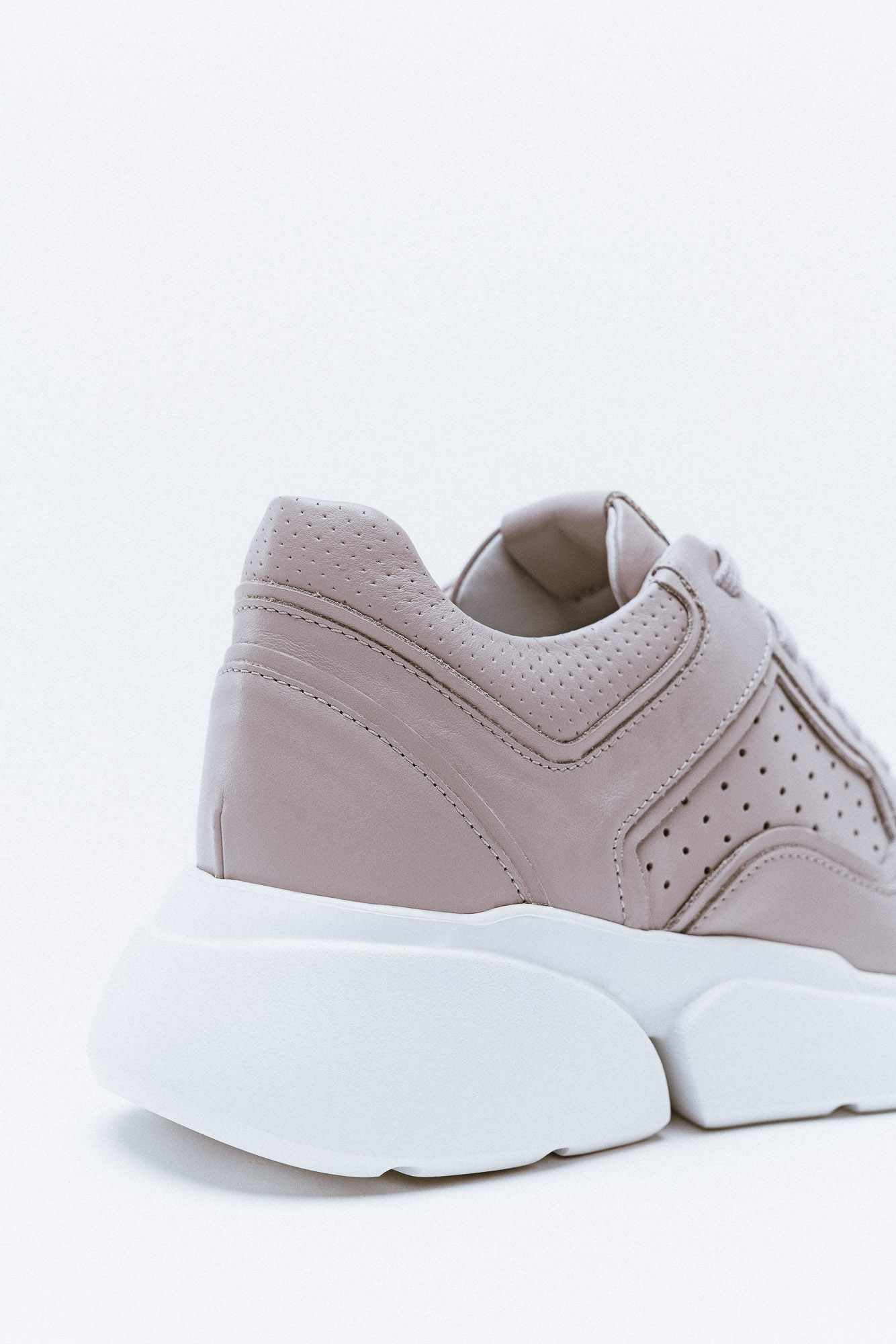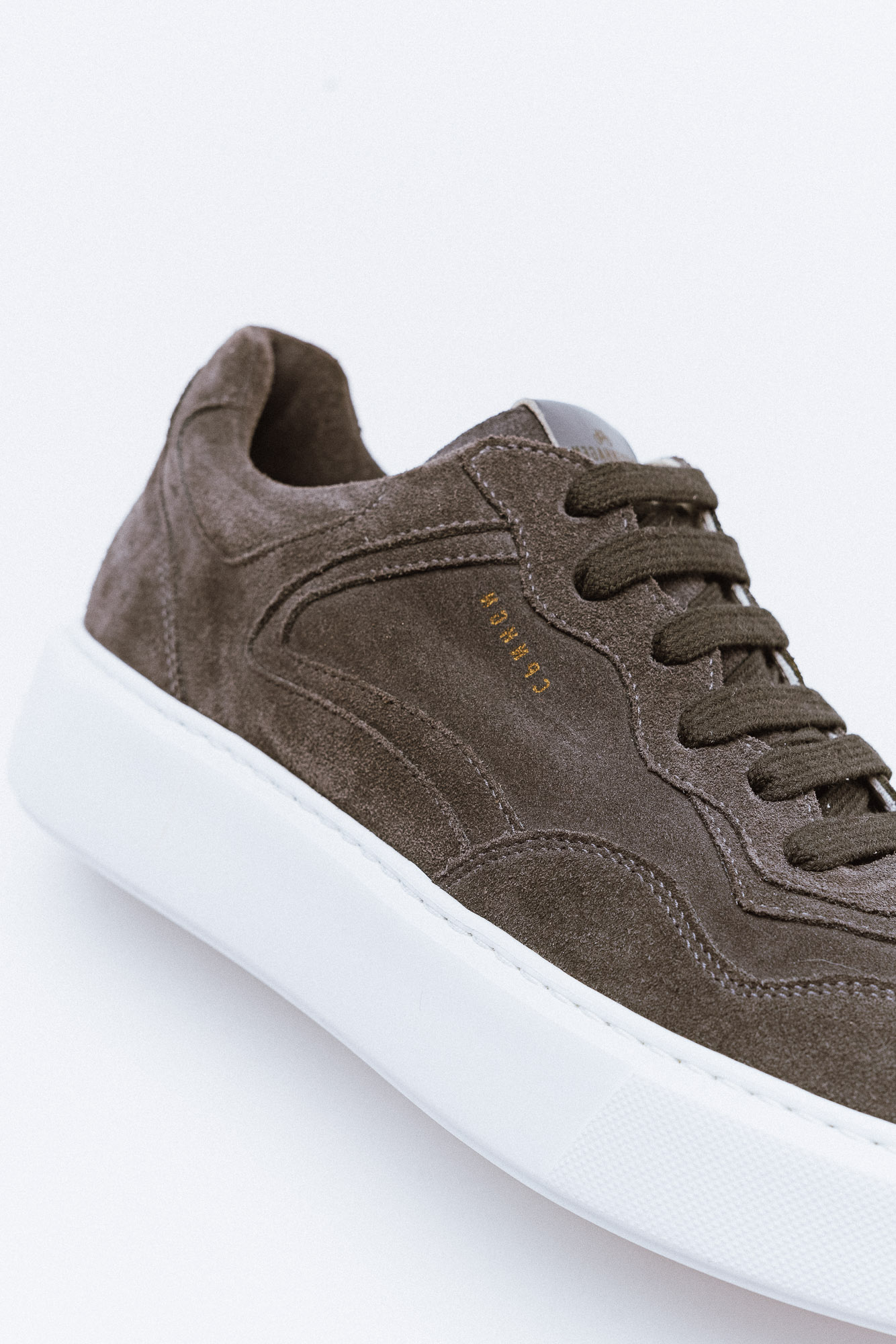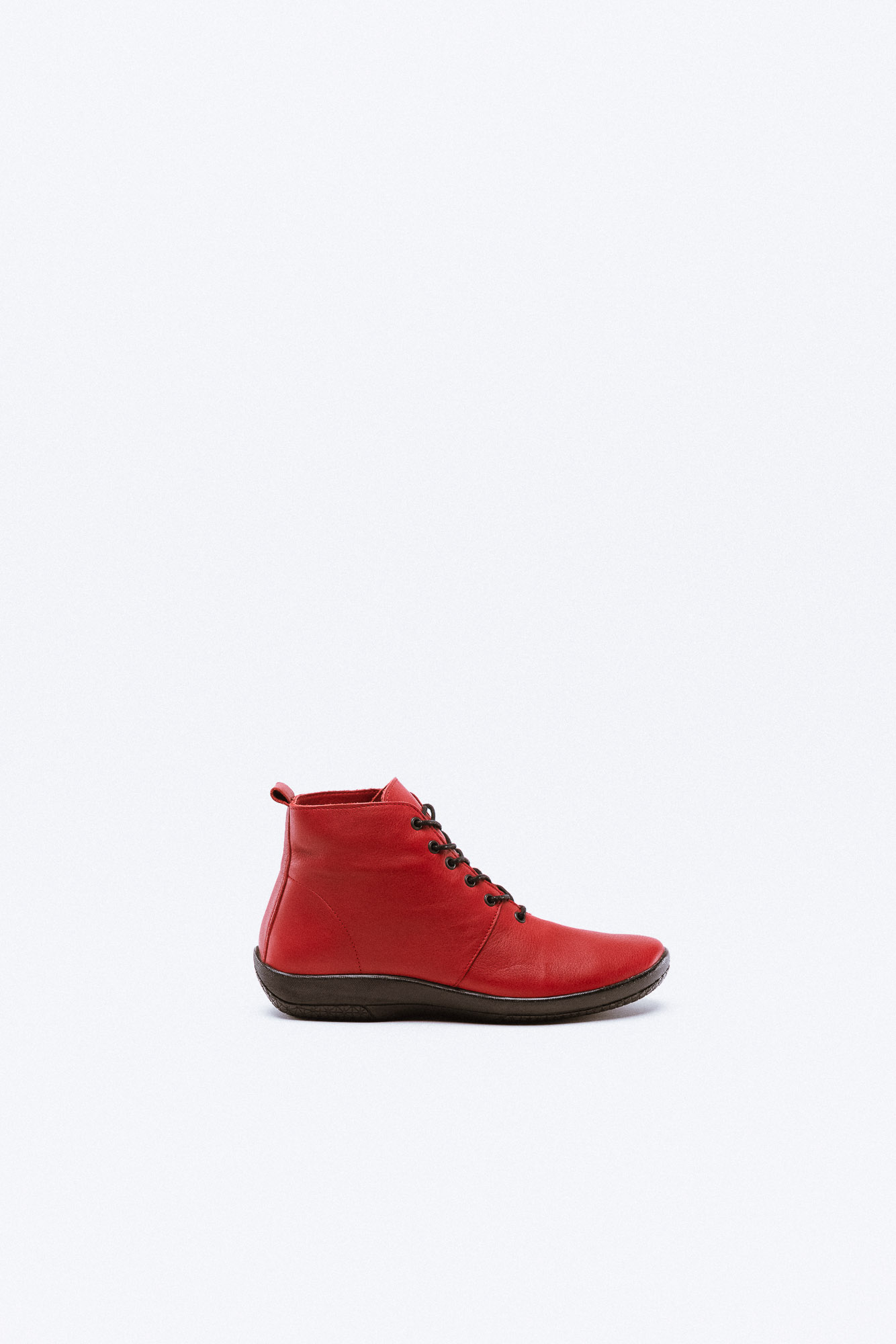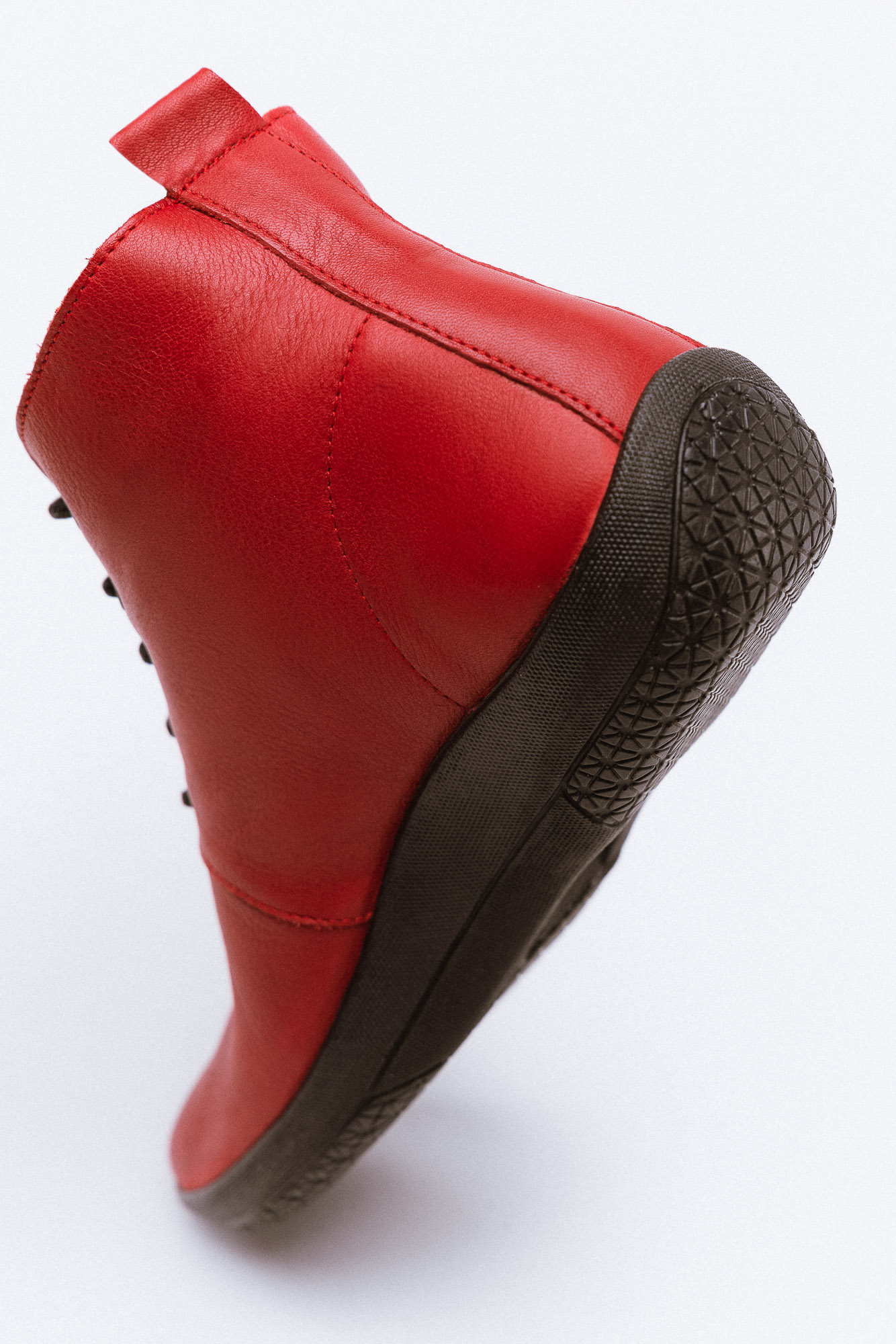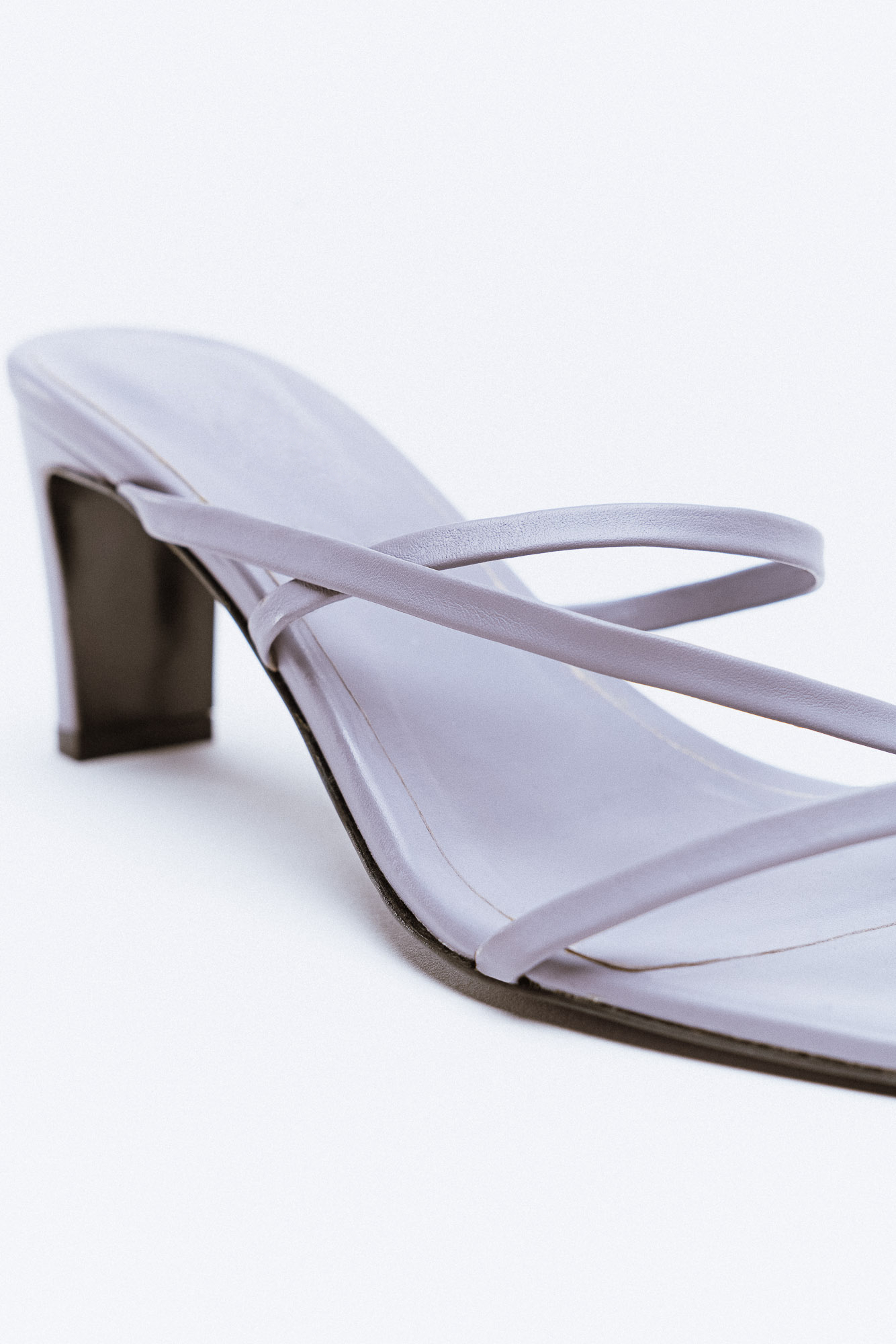“If we don’t succeed in making responsible fashion accessible to all, the movement will fail.” So, we question ourselves if responsible fashion is only for the privileged.
Is buying less a utopian vision? And a way of mocking the lower social class? “I don’t think it’s a viable option for business. Think it’s hard to tell consumers to buy less clothing and use less. Sure, there’s a small percentage who might take that approach, but no, I don’t think it’s a realistic approach to climate change”, says Yael Aflalo. For Yael Aflalo, sustainability means very strict control of production: limiting water consumption and using renewable or clean energy, such as solar energy.
Isn’t the slow-fashion movement a concern of the affluent consumer the bohemian bourgeois? Indeed, responsible fashion is criticized because, although the better quality, people consider the products too expensive. Committed fashion is a model that recognizes that each link in the production chain must be paid accordingly. Ethical fashion investments are not yet affordable for everybody. On the other hand, clothes and shoes can be very trendy without being very expensive.
The gentrification of thrift shops has created a “neo-poor” trend where behind the vintage style can be found a certain contempt for the codes of a social class designated as “popular”. We can also talk about the gentrification of second hand.
The solution to open responsible fashion to all cannot be achieved without state action. Social and environmental companies must benefit from tax reeducations for their fight against global warming. States also have a role to play in establishing an international ethical charter to control wages in less developed or developing countries. This will limit unfair competition and put everyone on the same level. Action should also be taken at the European level, to stop the export of used textiles outside the European Union and to campaign for ambitious legislation.
These measures will reduce the gap between fast and slow fashion and thus reduce the volume of clothing production in general.
Maria Cornejo adds : «The people I met in Florence and Nashville showed me that slow fashion, when considered on a modest scale, with an annual turnover of between 5 and 10 million dollars, was possible, profitable and relevant. But the question is whether their hyper-local and intellectualized approach to business could be extended from the sewing rooms to the factories and their hundreds, if not thousands, of workers and assembly lines”.
Know more about the fashion industry at:





